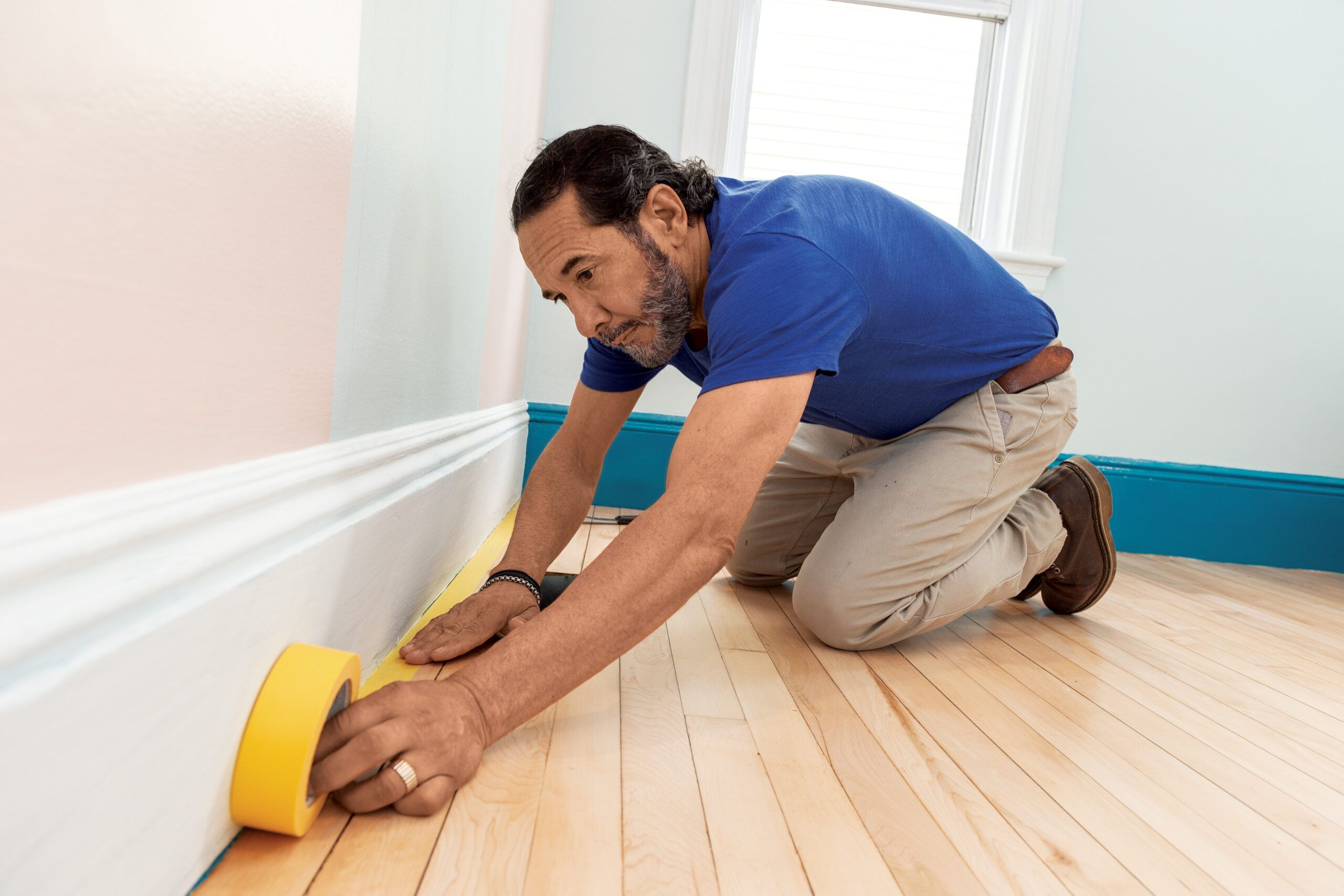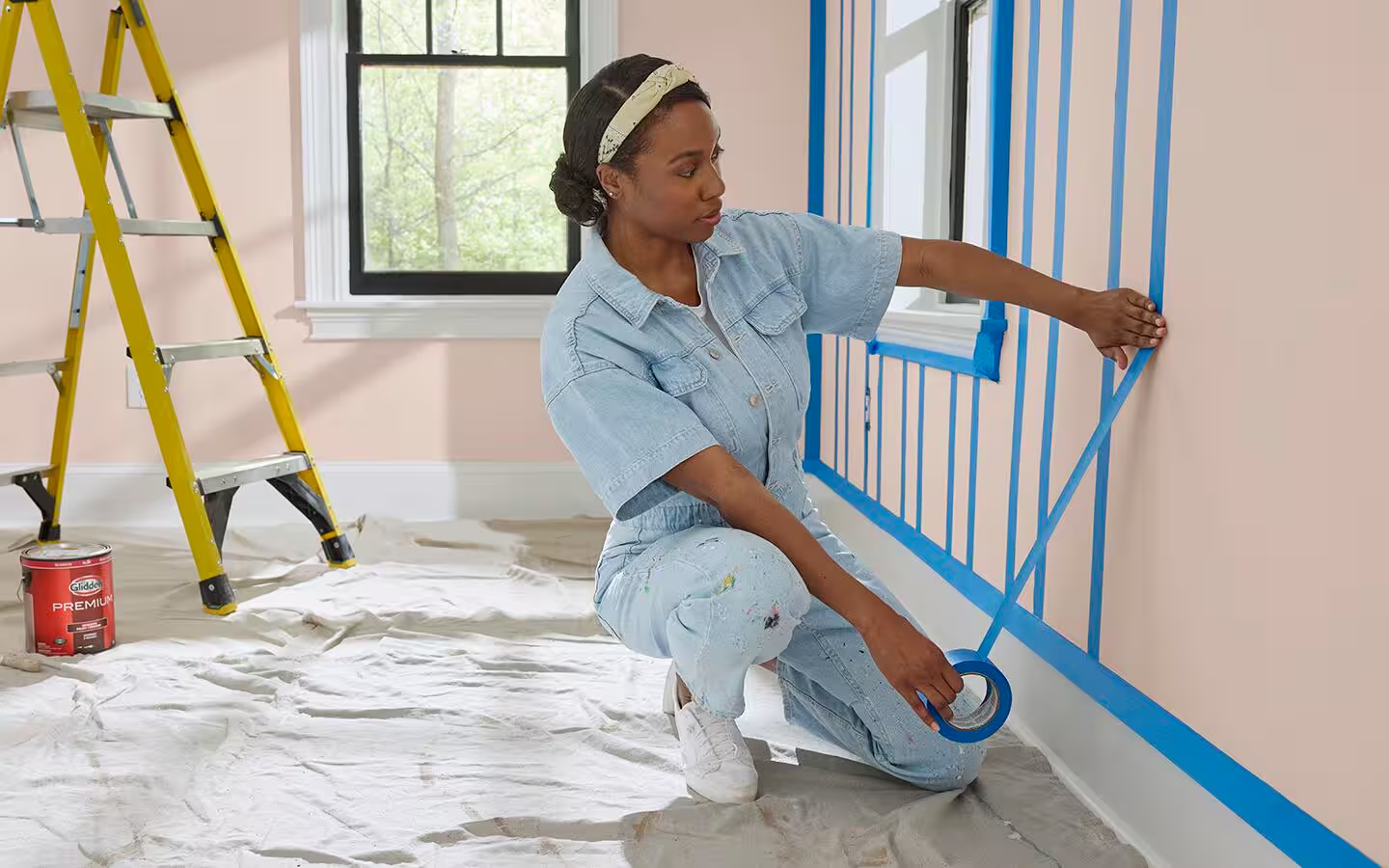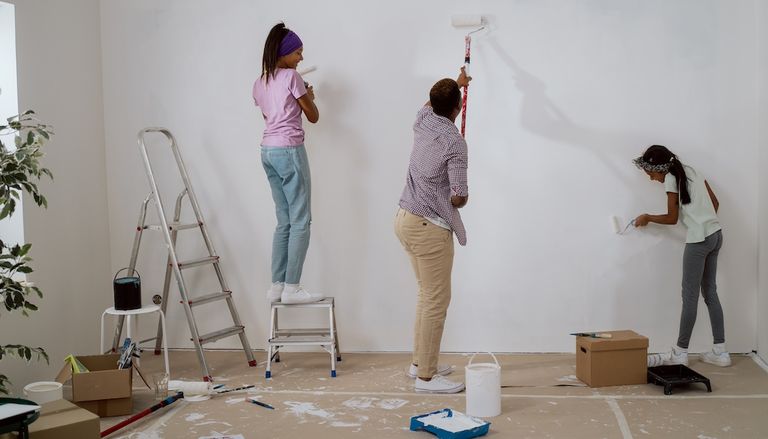DIY vs. Professional Interior Painting: Which Saves You More?

When it comes to refreshing your home’s appearance, few projects deliver as much impact as interior house painting. However, homeowners often find themselves at a crossroads: should they tackle the project themselves or hire professionals? This decision involves weighing multiple factors including cost, time, quality, and long-term satisfaction.
Understanding the True Cost of DIY Interior Painting
Many homeowners initially gravitate toward DIY painting because they assume it’s automatically cheaper. While you’ll save on labor costs, the actual expenses can add up quickly when you factor in all the necessary components.
Essential DIY Painting Supplies and Their Costs
The foundation of any successful painting project starts with quality materials. For a typical 12×12 room, you’ll need primer, paint, brushes, rollers, drop cloths, painter’s tape, sandpaper, and cleaning supplies. High-quality interior paint colors can range from $30 to $80 per gallon, and most rooms require at least two gallons when accounting for primer and multiple coats.
Beyond the basic supplies, you’ll likely need ladder rental, plastic sheeting, and possibly specialized tools depending on your wall texture and ceiling height. Many first-time painters underestimate these additional costs, which can easily add $100-200 to their budget.
Hidden Costs of DIY Projects
The most significant hidden cost in DIY interior house painting is time. What professionals complete in one to two days often takes homeowners an entire weekend or longer. This extended timeline means living with furniture pushed to room centers, disrupted daily routines, and the stress of managing an ongoing project.
Mistakes also carry financial consequences. Uneven coverage, paint drips, or choosing incompatible products can require purchasing additional materials and starting over. Some homeowners end up hiring professionals to fix DIY mistakes, essentially paying twice for the same project.
Professional Interior Painting: Investment vs. Expense
When searching for “interior painting near me,” you’ll discover a wide range of pricing structures. Professional painters typically charge between $2-6 per square foot, with variations based on room complexity, paint quality, and regional labor costs.
What Professional Services Include
Professional painters bring more than just labor to your project. They provide expertise in surface preparation, which is crucial for long-lasting results. This includes patching holes, sanding rough areas, and applying appropriate primers. Their experience helps them identify potential issues like moisture problems or surface irregularities that could affect paint adhesion.
Many professional services also include color consultation, helping you select interior paint colors that complement your home’s lighting and existing décor. They handle all preparation work, including moving furniture, protecting floors, and ensuring proper ventilation.
Quality and Longevity Considerations
Professional painters understand how different surfaces interact with various paint types. They know which best interior paint options work for specific environments, such as moisture-resistant formulations for bathrooms or durable finishes for high-traffic areas.
The quality difference between professional and DIY work often becomes apparent over time. Professional application typically results in more even coverage, cleaner lines, and better durability. This can translate to longer intervals between repainting, potentially offsetting the higher initial cost.

Comparing Long-Term Value
When evaluating DIY versus professional painting in interior spaces, consider the project’s lifespan. Professional work often lasts 7-10 years, while DIY projects might require touch-ups or complete redoing within 3-5 years, depending on application quality and paint selection.
Warranty and Peace of Mind
Most professional painting contractors offer warranties on their work, typically covering issues like peeling, excessive fading, or application problems. This warranty provides financial protection and ensures any problems get addressed without additional cost to you.
DIY projects carry no such protection. If problems arise, you’re responsible for both the materials and labor to correct them. This risk factor should be weighed against the potential savings.
Skill Level and Project Complexity
The decision between DIY and professional services often depends on your skill level and the project’s complexity. Simple, single-color rooms with minimal trim work are more suitable for DIY approaches. However, projects involving multiple colors, intricate trim work, or specialty finishes benefit from professional expertise.
When DIY Makes Sense
DIY interior house painting works well for homeowners who enjoy hands-on projects and have adequate time. It’s particularly cost-effective for simple rooms like bedrooms or offices with minimal architectural details. If you’re comfortable with basic tools and have experience with home improvement projects, DIY can provide significant savings on labor costs.
Additionally, DIY projects allow complete control over timing and materials. You can work at your own pace, take breaks as needed, and make adjustments without coordinating with contractors.
When Professional Services Provide Better Value
Complex projects involving cathedral ceilings, intricate millwork, or multiple rooms often benefit from professional services. The expertise and efficiency professionals bring to these challenging projects typically justify their cost through time savings and superior results.
Professionals also excel at projects requiring specialized techniques, such as textured walls, glossy finishes, or coordinating multiple interior paint colors throughout connected spaces. Their experience helps avoid common mistakes that can compromise the final appearance.
Time Investment Analysis
Time represents a significant cost factor that many homeowners overlook. A professional crew can typically complete a standard room in 6-8 hours, while DIY projects often require 15-20 hours spread across multiple days or weekends.
Preparation Time Requirements
Proper preparation consumes 60-70% of total project time. This includes cleaning surfaces, filling holes, sanding, taping, and protecting surrounding areas. Professionals have systems and tools that streamline these processes, while DIY painters often struggle with time-consuming preparation steps.
Learning Curve Considerations
First-time DIY painters face a learning curve that can significantly extend project timelines. Techniques like cutting clean lines, achieving even roller coverage, and managing paint consistency require practice to master. These skills develop over time, meaning your first DIY project will likely take longer than subsequent ones.
Tools and Equipment Factors
Professional painters invest in high-quality tools and equipment that contribute to superior results. Their arsenal includes premium brushes, professional-grade rollers, spray equipment, and specialized tools for specific applications.
While you can rent some professional equipment, the learning curve for using these tools effectively can negate their benefits for one-time projects. Additionally, rental costs can quickly add up, particularly for projects that extend beyond initially planned timelines.
Making the Right Choice for Your Situation
The decision between DIY and professional interior house painting depends on your specific circumstances, including budget, timeline, skill level, and quality expectations.
Budget-Conscious Scenarios
If immediate cost savings are your primary concern and you have adequate time, DIY painting can provide substantial savings. However, factor in the value of your time and the potential for needing corrections or redo work.
For budget-conscious homeowners, consider a hybrid approach: handle simple rooms yourself while hiring professionals for complex areas like kitchens, bathrooms, or rooms with intricate architectural details.
Quality-Focused Decisions
When the finished appearance is paramount, professional services typically deliver superior results. This is particularly important for prominent areas like living rooms, dining rooms, or entryways that significantly impact your home’s overall appearance.
Professional painters also excel at achieving consistent results across multiple rooms, ensuring color consistency and uniform application throughout your home.

Regional Considerations and Market Factors
Labor costs for professional painters vary significantly by region. Urban areas typically command higher rates than rural locations, while market demand fluctuates seasonally. Spring and summer often see higher prices due to increased demand, while winter months might offer better rates.
Research local market conditions when budgeting for professional services. Get multiple quotes to understand typical pricing in your area, and consider timing your project during off-peak seasons for potential savings.
Environmental and Health Factors
Both DIY and professional painting projects involve exposure to paint fumes and chemicals. However, professionals have experience with proper ventilation, safety equipment, and low-VOC paint options that can minimize health risks.
If you choose the DIY route, invest in proper ventilation equipment and consider premium, low-emission paints, particularly for bedrooms or areas with limited airflow.
Conclusion: Making Your Decision
The choice between DIY and professional interior painting ultimately depends on your priorities, skills, and resources. DIY projects can provide significant cost savings for simple rooms and homeowners comfortable with hands-on work. However, professional services often deliver superior results, time savings, and peace of mind that justify their higher cost.
Consider starting with a small, less visible room for your first DIY project to assess your skills and satisfaction with the results. This experience will help inform decisions about larger or more prominent spaces in your home.
Remember that quality interior house painting is an investment in your home’s value and your daily living environment. Whether you choose DIY or professional services, prioritize proper preparation, quality materials, and attention to detail for results you’ll enjoy for years to come.
The best approach might not be all-or-nothing. Many homeowners find success combining DIY work on simple spaces with professional services for challenging areas, maximizing both cost savings and quality results throughout their homes.
